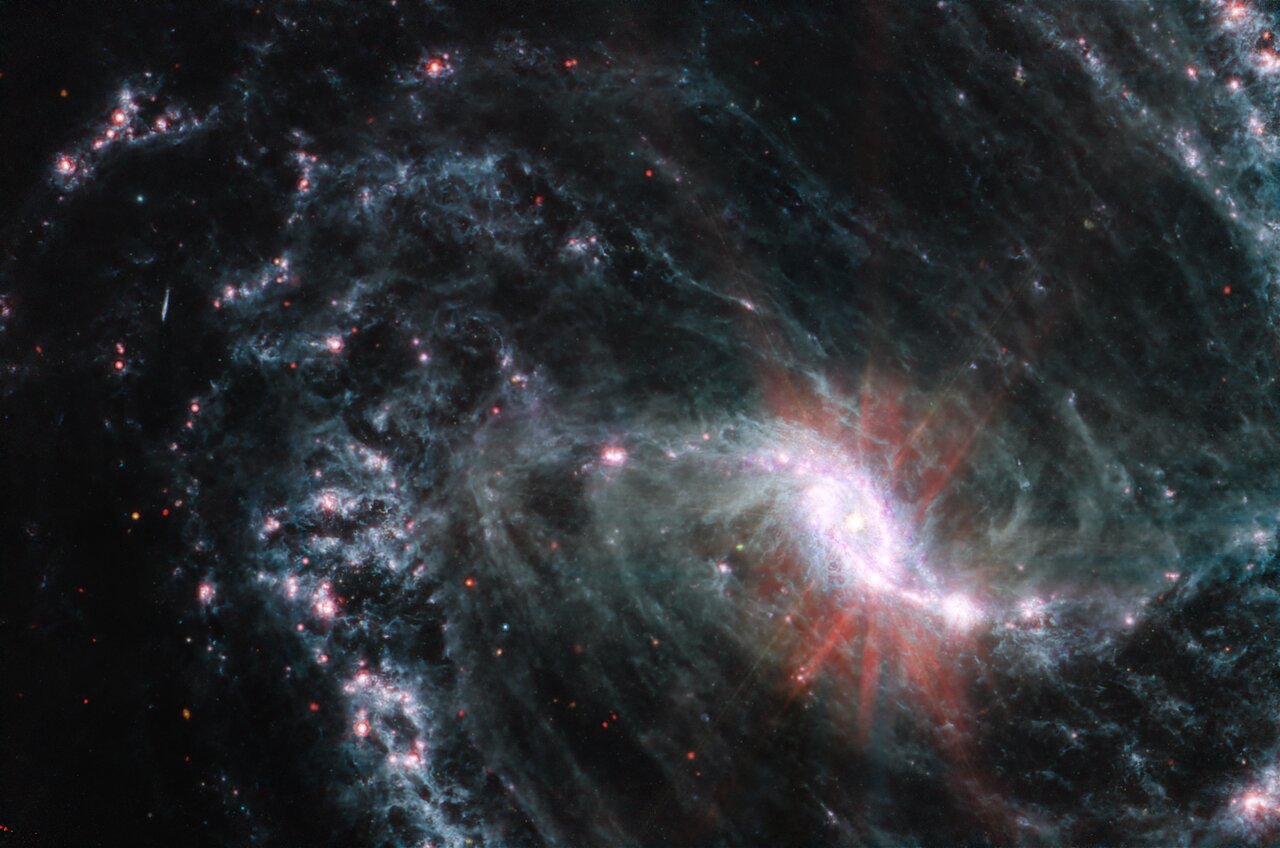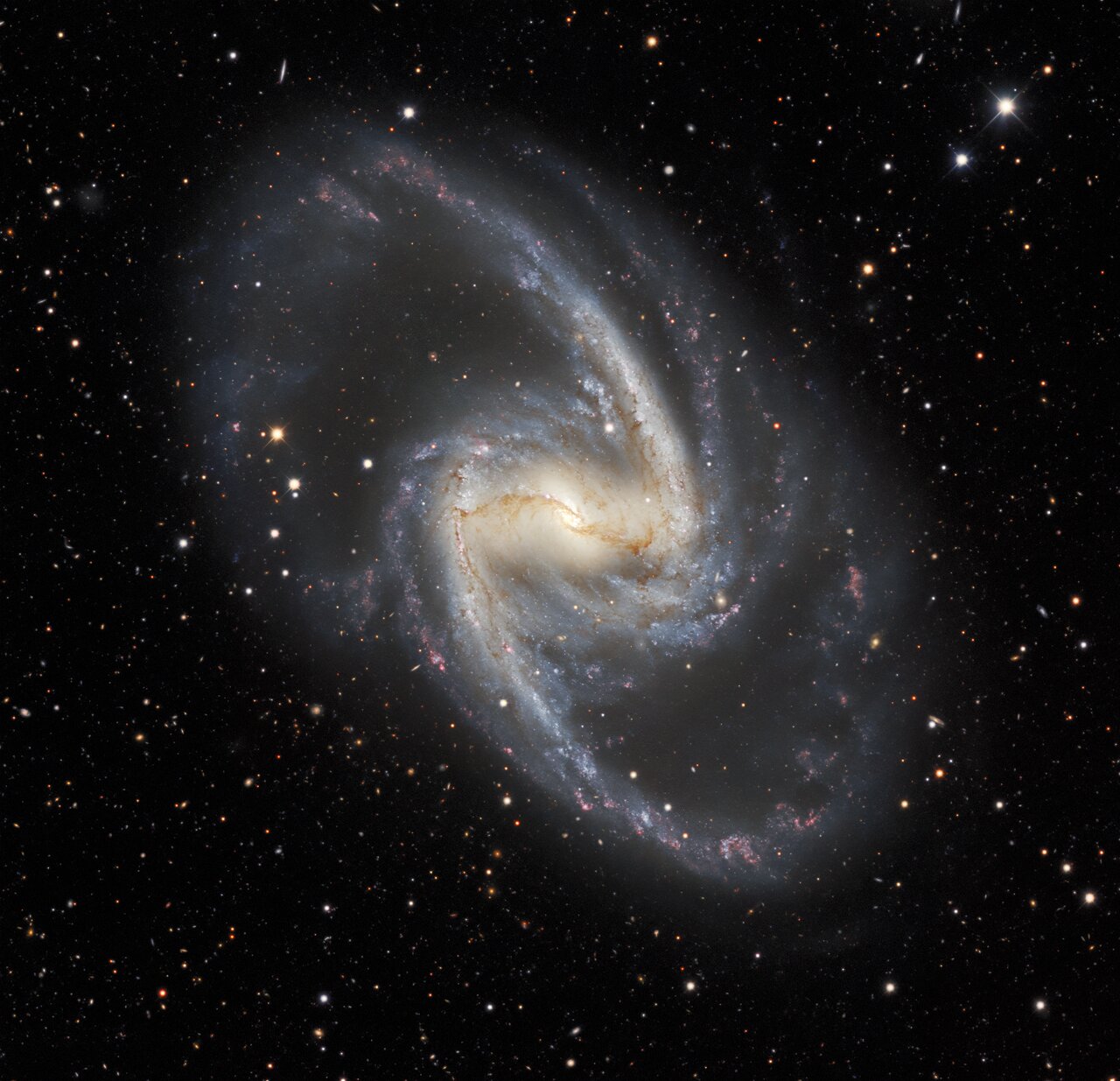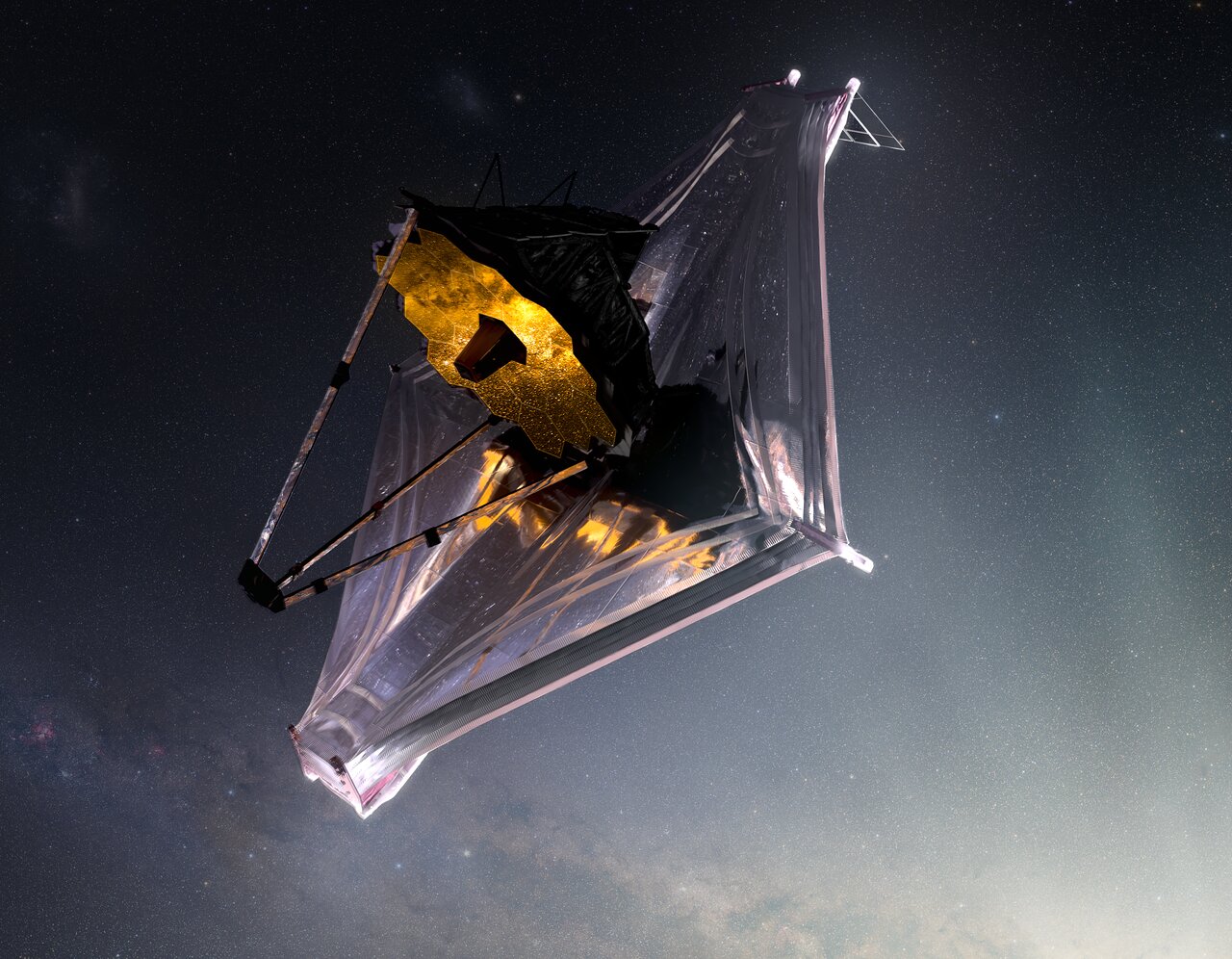
Unveiling Networks of Stellar Nurseries in Nearby Galaxies
NOIRLab’s Janice Lee and her team used JWST to study star formation, gas, and dust in nearby galaxies with unprecedented resolution at infrared wavelengths
16 Feb. 2023
By observing the Cosmos with its high-resolution vision at infrared wavelengths, the NASA/ESA/CSA James Webb Space Telescope (JWST) has opened up a whole new arena for probing the workings of star formation and the impact that the birth of stars has on the galaxy around them.
That’s great news for Janice Lee, a NOIRLab astronomer who serves as Chief Scientist for the International Gemini Observatory. Lee is striving to learn more about the processes that drive star formation across various galactic environments and the processes that can shut down star formation as well.
The goal of this research is to better understand how star formation sculpts a galaxy’s appearance and steers its evolution. A critical element of this process is the role played by the dust and gas that inhabits the space between stars inside a galaxy — the interstellar medium, or ISM.
“JWST is revolutionizing fields across astrophysics, and chief among them is the study of the earliest stages of star formation and the dusty interstellar medium,” enthuses Lee.
To that end, Lee is a senior member of the PHANGS (Physics at High Angular resolution in Nearby GalaxieS) project, which was established to chronicle the process of how radiation and energy from young stars affects the ISM and whether the ISM is consequently triggered to form new stars or whether this “feedback” from young stars impedes future star formation. The where, when, and how of star formation have crucial impacts on the large-scale evolution of a galaxy.
So with JWST’s Near Infrared Camera (NIRCam) and Mid-Infrared Instrument (MIRI), PHANGS is targeting 19 nearby, face-on spiral galaxies, and already there are results published in 21 papers based on four of them — M74, NGC 7496, IC 5332 and NGC 1365 — for a PHANGS special issue of the Astrophysical Journal Letters, with spectacular images to boot.
"The images are not only aesthetically stunning, they also vividly illustrate the physics of star formation, stellar feedback, and the ISM,” says Lee.
The images of the four galaxies show networks of dusty filaments that follow the galaxies’ spiral arms, as well as shell-like structures from bubbles blown in the interstellar gas by star formation “feedback,” the radiation and winds from young stars, as well as the explosive energy from supernovae. It is in those bubbles that the big questions arise.
Does the feedback from stars make the surrounding gas too warm to form stars? Or, does the compression of the gas at the walls of the bubbles create environments where the gas is dense enough to trigger gravitational collapse and the birth of new stars? How are these processes affected by the environment of their parent galaxy?
JWST will go a long way to achieving the goal of answering these questions thanks to its main feature — its sensitivity to infrared light. Although the visible light from newly born stars is absorbed by dust, that heated dust then glows in the mid-infrared, allowing Lee and her colleagues to find the youngest stellar nurseries in areas that are completely dark in Hubble imaging.
“Mid-infrared observations have been key to building our understanding of this early star-formation phase as it is concealed beneath a shroud of dust that blocks the passage of visible light,” says Lee.
It really is the missing piece. Previous surveys of the galaxies conducted by PHANGS, with the NASA/ESA Hubble Space Telescope, the international Atacama Large Millimeter/submillimeter Array (ALMA) and the MUSE instrument on ESO’s Very Large Telescope, have already obtained high resolution data at the ultraviolet, optical, and radio wavelengths.
These latest observations fill in an essential piece of the puzzle and give astronomers a more complete picture of the feedback loop that governs star formation.
“Combining our new JWST imaging with observations across the electromagnetic spectrum that capture all major stages of the star-formation cycle, we can follow the progression of star formation in its fundamental units — from molecular clouds to stars and star clusters,” said Lee.





